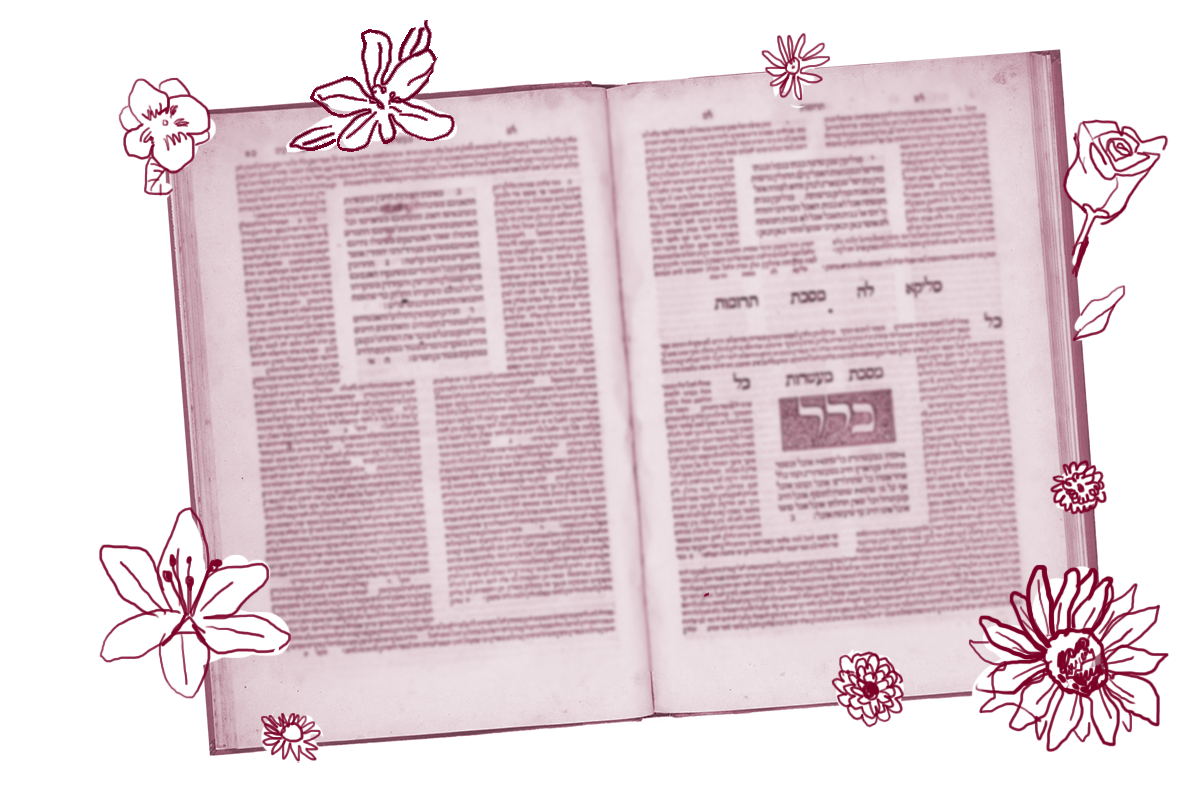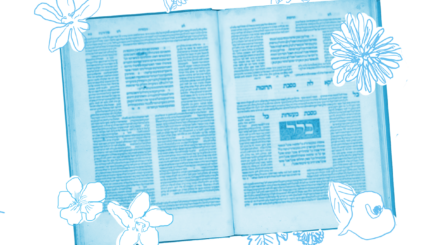As we saw on yesterday’s daf, the mishnah rules that in cases where a priest placed the blood of a sacrifice improperly on the altar, the sacrifice is disqualified. The most straightforward reading of “disqualified” is that the offering is not effective — that is, the meat cannot be consumed and the sacrifice has not fulfilled the purpose for which it was brought. But the Gemara cited a different reading of this mishnah by Shmuel, who claimed that in these cases, disqualification refers only to eating the meat of the sacrifice. If the blood reaches the altar, even in the wrong place, the sacrifice has succeeded in effecting atonement. The Gemara then challenges Shmuel’s opinion with other sources that indicate misplaced blood does, in fact, render a sacrifice ineffective.
On today’s daf, Reish Lakish presents a creative alternative read on this dispute:
Reish Lakish says: Actually, disqualified is to be taken literally. And blood (sprinkled not in) its proper place is considered in its proper place. And (the apparent contradiction between these two claims) is not difficult: Here is a case where he placed it in silence; there is a case where he placed it with a statement.
Reish Lakish holds that when the mishnah says “disqualified,” it means that the sacrifice not only can’t be consumed, but also that it does not effect atonement. However he believes in the general principle that blood sprinkled in an improper place does not prevent atonement. Therefore, why does the mishnah say such an offering is disqualified?The answer, he suggests, has nothing to do with placement, but with intent. If one sprinkled blood in the wrong place silently, i.e. without a specified intent, the sacrifice is effective at achieving atonement. The case in the mishnah, where the offering is disqualified, is one where he placed it with a statement — which, according to Rashi, refers to one who sprinkled the blood with the intent to eat the sacrifice outside its proper time, an intention that in some circumstances can make one who eats that sacrifice liable to receive karet.
According to this read, the mishnah is actually not about the placement of blood at all, but rather teaches that while improper intent when sprinkling blood is sufficient to disqualify a sacrifice both from consumption and achieving atonement, it does not have the power to make one liable for karet, since the sprinkling of blood in an improper place does not render the meat edible, per Shmuel’s position. Therefore, according to Reish Lakish, the main teaching of our mishnah is that although improper intent during improper sprinkling disqualifies the offering for all purposes (atonement and consumption), one would not receive karet for eating it as they would had the blood been sprinkled properly.
Ultimately, Reish Lakish and Shmuel both present difficult reads of the mishnah. Shmuel is suggesting a very uncommon interpretation of the word “disqualified,” which usually means disqualification for all purposes. Reish Lakish has a less strained reading of that term, but his reading interprets the mishnah as primarily teaching a rule about intent, despite the fact that its wording is almost entirely focused on physical placement of the blood.
Rabbi Yohanan, Reish Lakish’s classic disputant, disagrees with both Shmuel and Reish Lakish. He holds that improper placement does disqualify an offering, which is what the mishnah is teaching. According to him, it has nothing to do with intent. While at first glance Rabbi Yohanan’s interpretation seems to fit the most easily with the mishnah, it ignores the derivation Shmuel presented from Leviticus and, as the Gemara proceeds to point out, he can’t explain why the mishnah would need to stipulate that someone consuming such an offering would not receive karet. If the mishnah has nothing to do with improper intent, only improper placement, of course one wouldn’t receive karet. Why would the mishnah need to state so explicitly? In the end, we have here a situation in which each sage is forced to suggest difficult reads of the text in order to reconcile it with parallel sources and derivations.
Read all of Zevachim 27 on Sefaria.
This piece originally appeared in a My Jewish Learning Daf Yomi email newsletter sent on October 11, 2025. If you are interested in receiving the newsletter, sign up here.
With your help, My Jewish Learning can provide endless opportunities for learning, connection and discovery.



